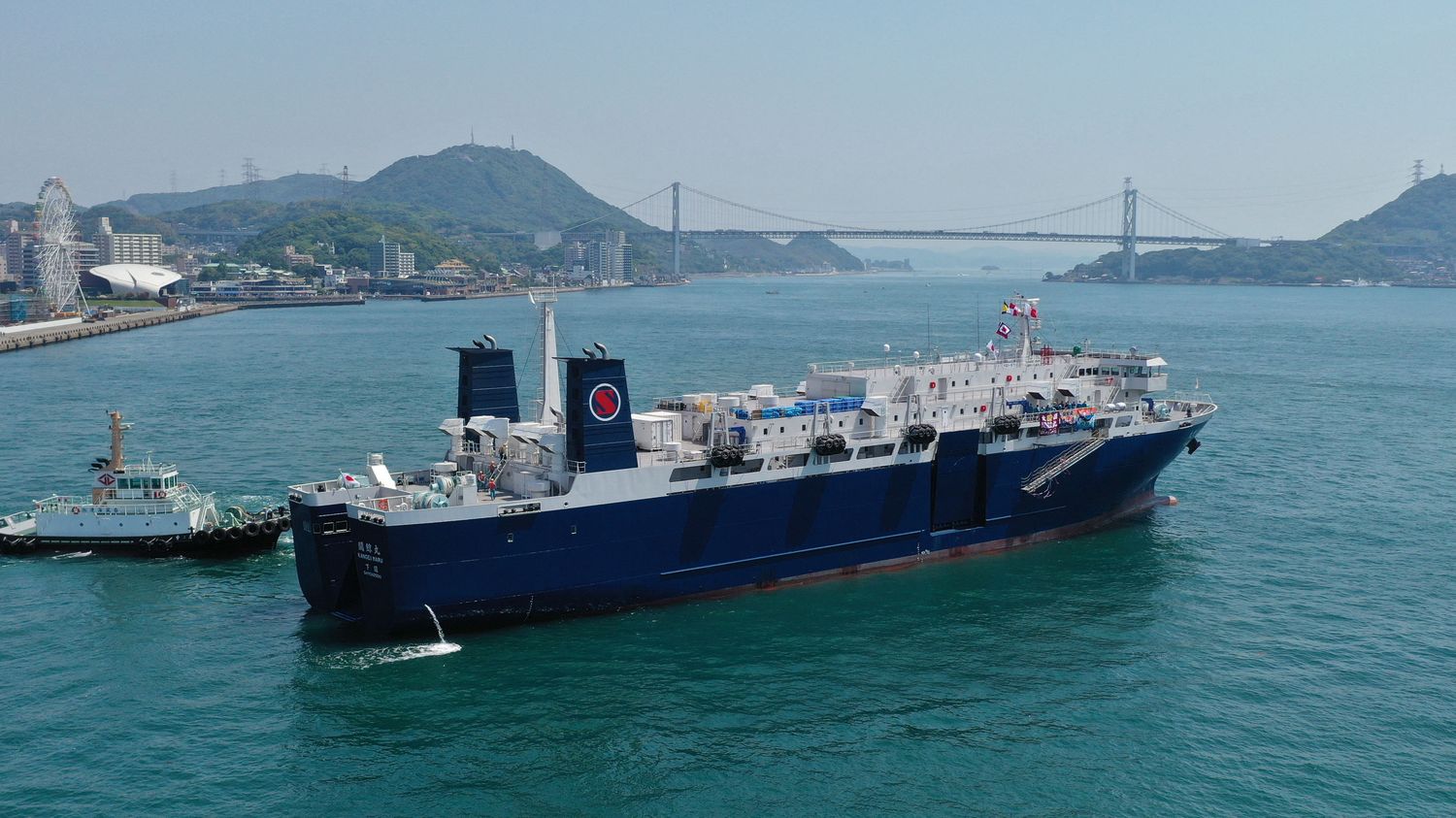Japan, Norway and Iceland are the last countries to practice whaling, although it has been regulated since 1986.

Published
Reading time: 2 min

Japan launched a new whaling flagship on Tuesday, May 21. It is a factory boat more than 100 meters long, capable of fishing around 200 whales this year. The ship left for its first expedition, lasting several months off the Japanese coast, because Japan is one of the few countries in the world which continues this very controversial fishing.
Only three countries continue to fish these large marine animals for commercial purposes. This is therefore Japan, but also Norway and Iceland. These are therefore the only countries in the world where you can find whale steaks at the fishmonger. Because whaling has been very regulated since 1986.
That year, a moratorium was established by the International Whaling Commission of more than 80 countries around the world, because it was concerned about the decline of certain species of whales. This moratorium launched almost 40 years ago therefore prohibited hunting for commercial purposes, while continuing to authorize hunting for scientific research or by tradition for certain indigenous peoples, such as the Inuit. Except that this moratorium has not always been respected. In 1993, Norway decided to resume whaling by establishing quotas. Between 450 and 600 cetaceans are fished each year in Norwegian waters. This is about as much as in Japan where whalers went as far as Antarctica to circumvent the moratorium before resuming commercial fishing around the Japanese island in recent years. Note that Iceland, for its part, captures much fewer whales: only 24 last year. The country is even considering not renewing fishing for this year.
Paradoxically, whale consumption is quite limited in countries that continue this fishing. For example, in Iceland, several studies have shown that very few inhabitants eat it. The whale is mainly served to tourists. In Japan, consumption is also in free fall. It has been divided by more than 100 since the 1960s, going from 200,000 tonnes consumed each year following the Second World War, to only 2,000 tonnes today. But the country which is launching a new factory boat hopes to revive the sector, in particular by collaborating with foreign influencers to promote the whale to tourists.
